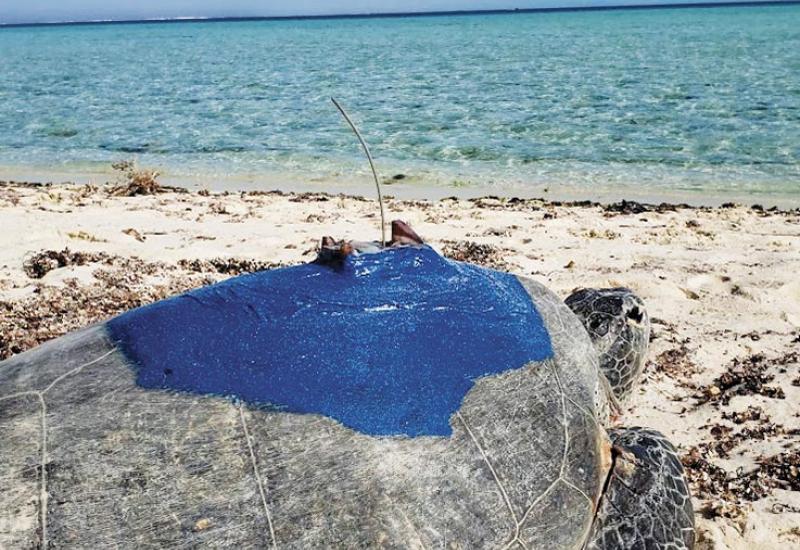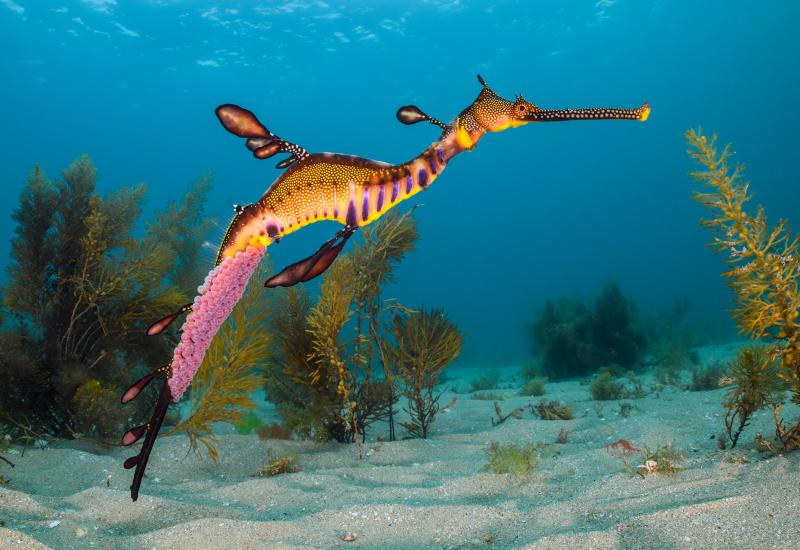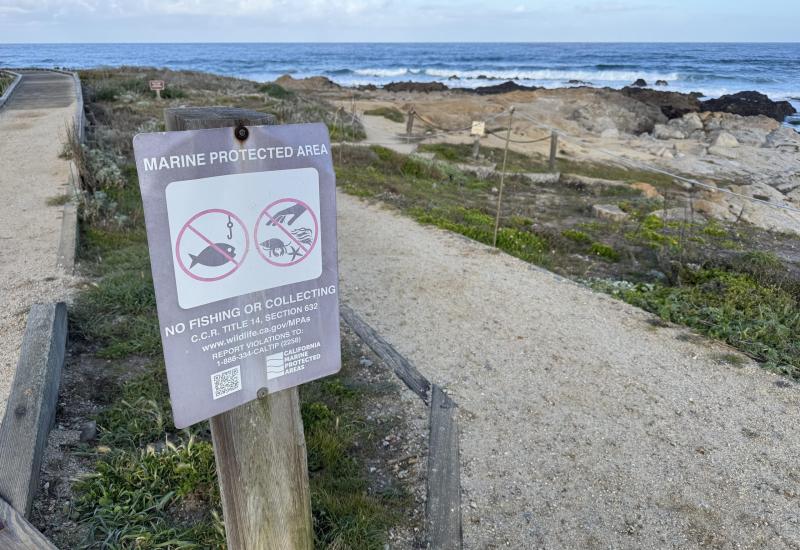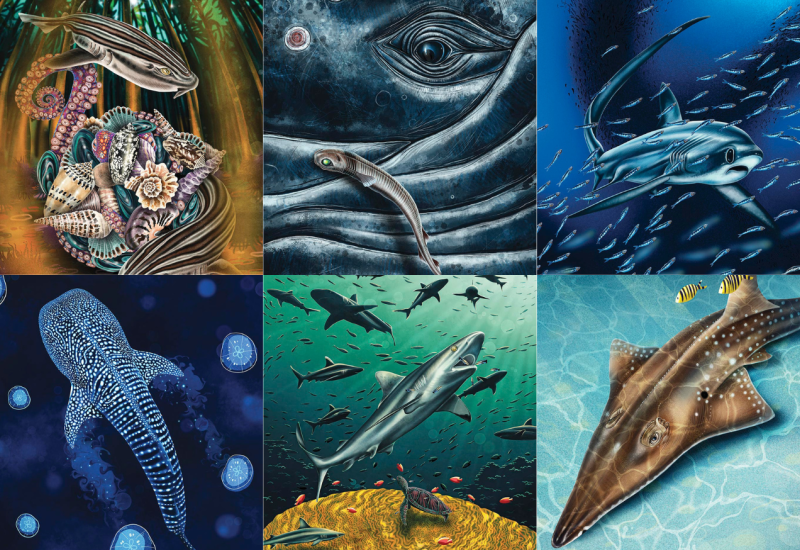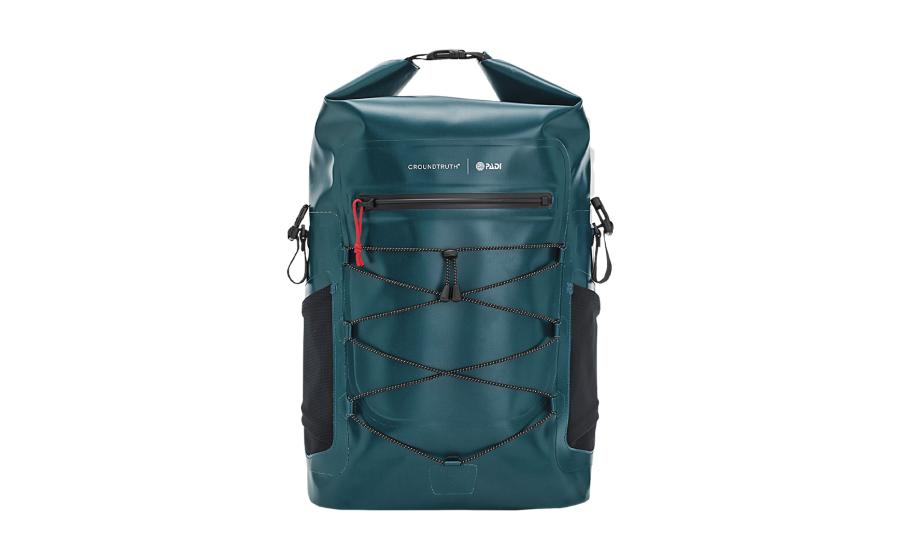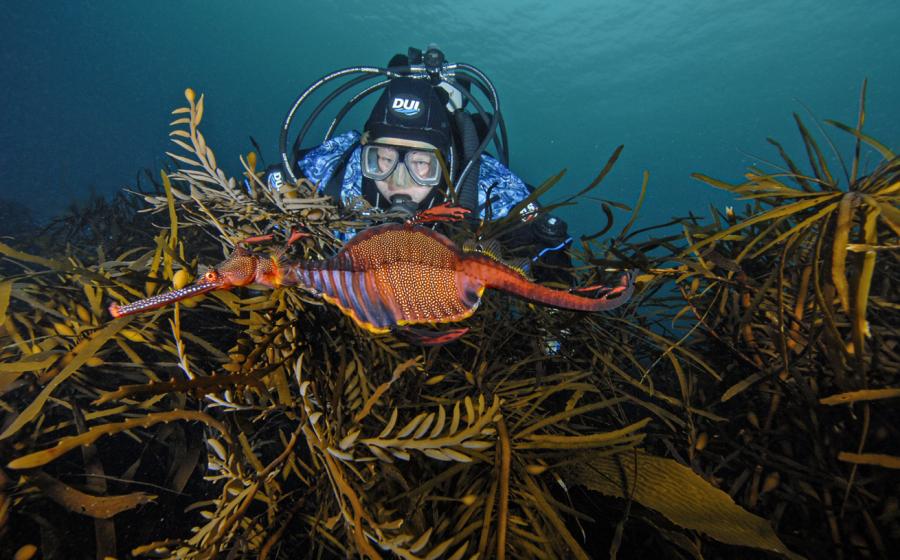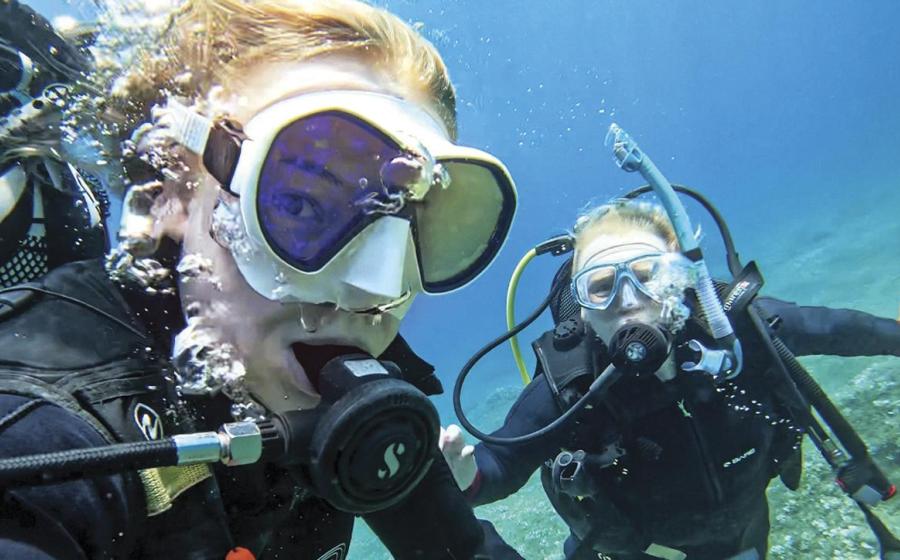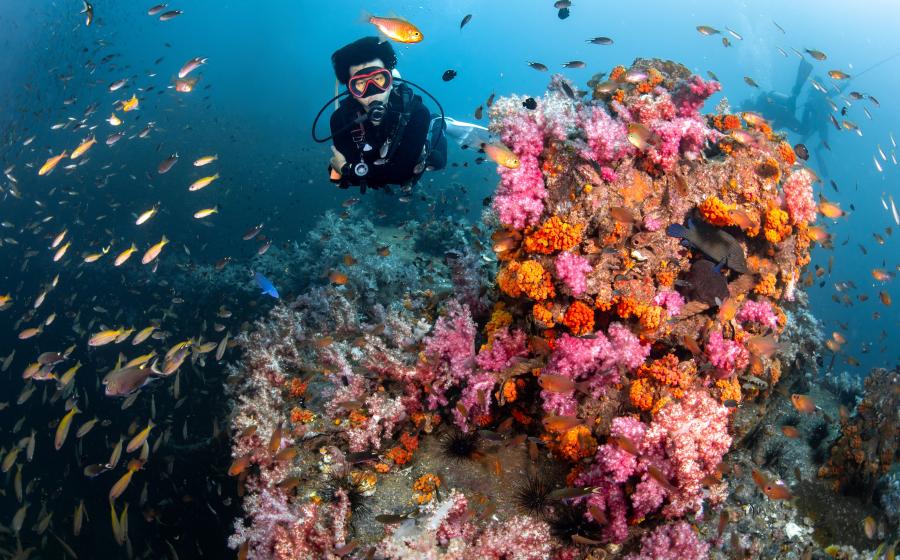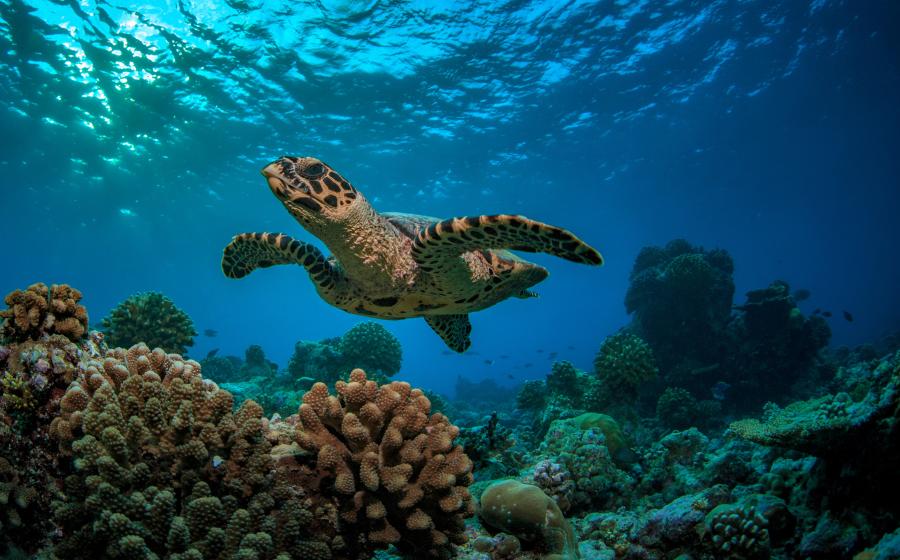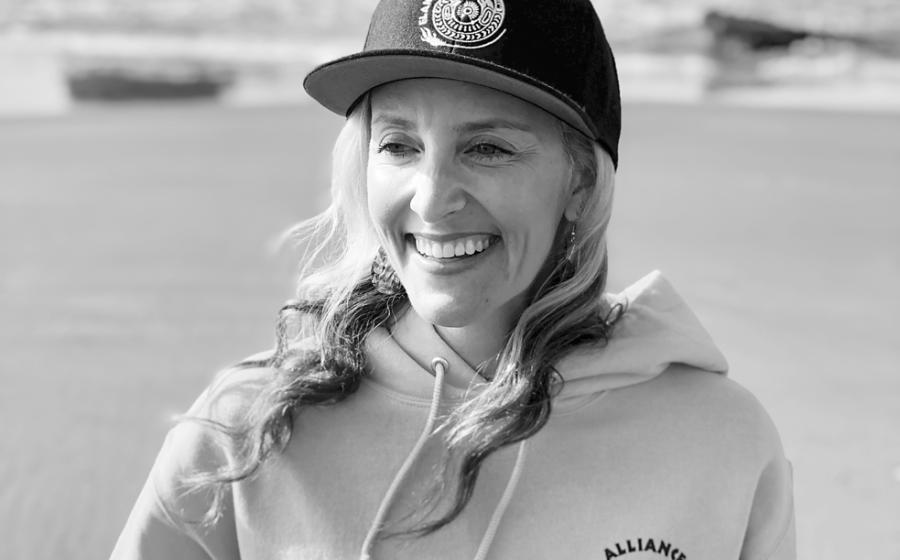How to Photograph Nudibranchs
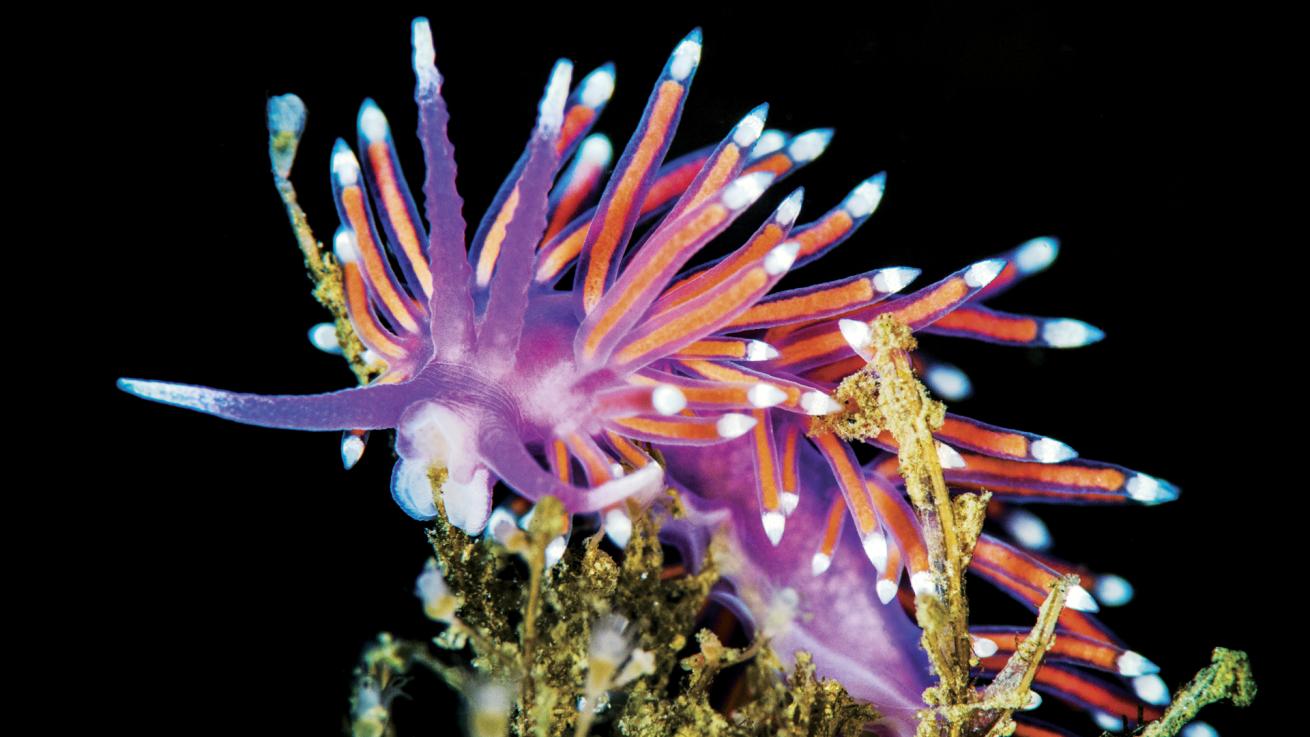
Alex MustardAn aeolid nudibranch (Flabellina pedata) feasts on its go-to meal of hydroids.
It is said that the best things in life come in the smallest packages, and plenty of divers agree. The underwater world becomes more fascinating when we learn to dive slowly, look closer and appreciate the little things. Nudibranchs are often smaller than the tip of your thumb, but their intense coloration makes them one of the ocean’s most sought-after jewels.
Nudibranchs are carnivores, but they are picky eaters; most are specialized in eating just one type of food. Typically they feed on nonmoving invertebrates (sponges, hydroids, corals, tunicates and more), so the best way to find them is to look for their prey. These species generally thrive near water movement, so seek out areas exposed to current, particularly pinnacles, wrecks and rubble. As the diversity of invertebrate life increases, the number of nudibranch species goes up, peaking, like most other marine life, in the Coral Triangle in Southeast Asia. But nudibranchs are not restricted to tropical water. Cold–water destinations may have less diversity, but in terms of numbers, color and size, many of my best dives with nudibranchs have been in a drysuit.
Related Reading: Slug Spotter: A Guide to Photographing Nudibranchs
Their bright hues and shell-less bodies suggest vulnerability, yet they parade confidently, seemingly immune from predation. What is their secret? Nudibranchs have some of the best defensive strategies in the ocean. Some are brilliantly camouflaged, like the Phyllodesmium genus, whose bodies are covered in appendages that mimic the polyps of the soft coral they feed on. But most species use bright poster colors to advertise their potent defenses. That’s right, nudibranchs specialize in chemical warfare!
Nudibranchs take the expression “you are what you eat” quite literally. The most celebrated are the aeolids, the species whose backs are covered in sausageshaped appendages. Many of these feed on stinging hydroids; after eating, they can steal the still-functioning stinging nematocysts for their protection.
Sponges are another common meal, and many nudis reuse the toxic chemicals from this food source for protection. For example, Ceratosoma nudibranchs concentrate sponge toxins into the peak on their back. Other species can produce acids or store distasteful chemicals in prominent portions of their bodies, and some species can even secrete noxious mucus into the water when attacked.
Photographers who want to inject slug shots with impact should remember there is one angle that guarantees dramatic images: dead ahead, framing the animal so it is coming toward the lens. The aim is to have a pair of razor-sharp rhinophores as a focal point, framed against the colorful slug behind. The composition looks particularly good when photographed as a vertical frame but also works well (and is easier to take) as a horizontal one. Try to wait for the nudi to crawl onto something, so you can compose it against a clean background. Other angles that work well are side-on and top-down, revealing the patterns of the whole animal. If the nudi is sausage-shaped, it often looks good from above, while if it has sausages on its back, it looks better from the side.
Most nudibranchs are small, so we often need to move into the realm of super macro for frame-filling shots. The popular close-up lenses that most photographers already own are the perfect tools. However, when we work at these higher magnifications, our depth of field will be razor-thin, requiring us to precisely focus on the rhinophores. Don’t worry if the rest of the nudibranch is out of focus; in fact, the photo can look particularly striking, because the rhinophores stand out more.
Mating is a reasonably common behavior and can happen any time that two nudibranchs of the same species meet. You can spot mating when you see two slugs in parallel but opposite-facing directions. Nudis are simultaneously male and female, which makes a lot of sense because when these relatively rare animals do meet, it means both can make eggs to spawn the next generation. Mating often photographs best from directly above. Egg-laying is more photogenic because many species lay colorful spiraled ribbons of eggs. Compose these shots to allow this shape to dominate the frame. There are even tiny nudibranchs (the Favorinus) that specialize in eating the eggs of other nudibranchs—something to keep an eye out for when you spot a large egg coil.
Related Reading: How to Pack Your Underwater Camera Gear

